Aachen Cathedral

The Aachen Cathedral with its Palatine Chapel is an exceptional example of religious architecture north of the Alps.
It dates from about 800 CE and was created by Emperor Charlemagne – originally as his palace, of which now only the church remains (he is buried here as well). The Cathedral continued to play an important role in the West and the German emperors were crowned here. Numerous parts were added and changes made over the subsequent centuries, which has led to a mixture of visible styles.
Community Perspective: Historically very significant and one of the best sites in Germany. It looks fairly small from the outside but the interior is stunning. Echwel elaborates on the symbolism, while Els provides the most recent visitor perspective and Nan adds tips for other things to see and do in Aachen.
Galapagos Islands

The Galápagos Islands comprise an archipelago and marine reserve known for their vast number of endemic species and the studies by Charles Darwin that led to his theory of evolution by natural selection.
The islands are relatively young and of volcanic origin. Together with their isolated position, this has led to a highly unique flora and fauna which inspired Charles Darwin following his visit in 1835. The marine life is especially rich due to the reserve’s location at the confluence of three ocean currents.
Community Perspective: “A great thing about the Galapagos is that the animals WILL turn up on cue. And on top of that of course they are incredibly tame.”, Solivagant sums up the experience well. The choice to make here is visiting on a multi-day boat tour (Travel Addicts) or organizing it all by yourself from a base (Tonisan, Jay, Els, and, thorough as always, Clyde and Fréderic).
Island of Gorée
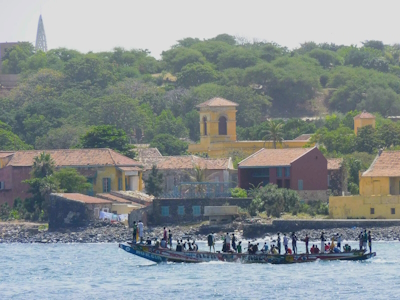
The Island of Gorée was a former center of the Atlantic slave trade from where many African slaves were deported to the Americas.
With its strategic location and safe haven, it was one of the first places in Africa to be settled by Europeans. It became a warehouse for slaves that were brought from the African hinterland. It now is a place of memory for the African diaspora.
Community Perspective: It’s not an undisputed place as the need for a tangible memorial has taken precedence over historical accuracy. See Solivagant’s review for more details.
Kraków
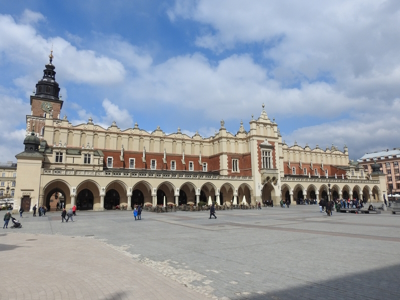
The Historic Centre of Kraków comprises three urban ensembles that illustrate its growth from the Middle Ages to the present day.
Kraków was founded in 1257 and grew harmoniously to encompass the medieval chartered City of Kraków, the Wawel Hill complex, and the town of Kazimierz. It has Europe's largest marketsquare and numerous medieval buildings. Its important role in Polish history is symbolized in the Royal Wawel Castle, a site of royal coronations and royal funerals. Kraków also has one of the world's oldest university buildings and the Kazimierz district contains many Jewish memorial sites.
Community Perspective: Kraków has many interesting places to visit, read the two most recent reviews of Hubert and Els to get some ideas.
L'Anse aux Meadows

L’Anse aux Meadows National Historic Site comprises the remains of the only known site of Viking settlement and the earliest European settlement in North America outside of Greenland.
It was a year-round base camp for the exploration and exploitation of resources desirable in Greenland. The settlement – with space for 70 to 90 people - was established in the early 11th century and abandoned about a decade later. The site contains the remains of eight timber-framed turf buildings, including an iron-smelting hut, in a similar style to those in Norse Greenland and Iceland.
Community Perspective: the site is located at the very tip of Northwest Newfoundland and you may spot icebergs floating by. Despite its remote location it is well-geared to receive tourists and offer them something to see and learn beyond the unassuming earthen mounds that hold the original remains.
Lalibela
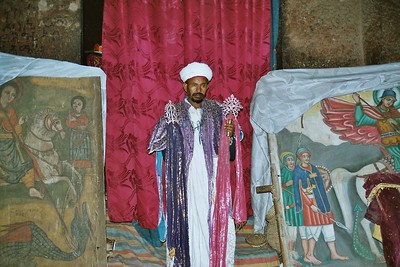
The Rock-hewn churches of Lalibela are unique works that had considerable influence on Ethiopian Christianity.
After the decline of the Kingdom of Axum, a new Christian dynasty emerged in the 12th century. King Lalibela created this new Christian pilgrimage center, which became a substitute for the holy places of Jerusalem and Bethlehem. It holds 11 churches hewn from monolithic blocks, spread across two groups north and south of the river Jordan. Several of the interiors are decorated with mural paintings.
Community Perspective: very impressive for its construction and it still is an active place of pilgrimage. Some perceive the cost and hassle factor as (too) high.
Mesa Verde
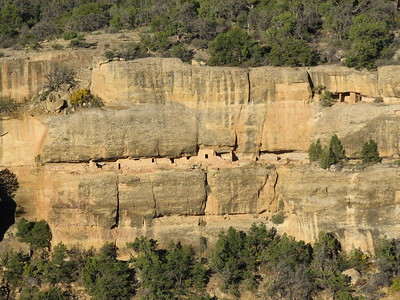
Mesa Verde National Park comprises Pre-Columbian archaeological sites from the Ancestral Puebloan culture.
The landscape consists of rock-cut villages and associated sites such as dams and shrines on a high plateau with a semi-arid climate. Dwellings with multi-storey constructions made of sandstone and mud were erected under the shelter of the cliffs. The site reached its apogee between the 11th and 13th centuries, but its culture lives on as a link to the past for the contemporary Puebloan Peoples of the American Southwest.
Community Perspective: to fully enjoy it is best to stay overnight, as there are multiple locations to visit and tours to do, and the natural setting is so wonderful.
Nahanni National Park
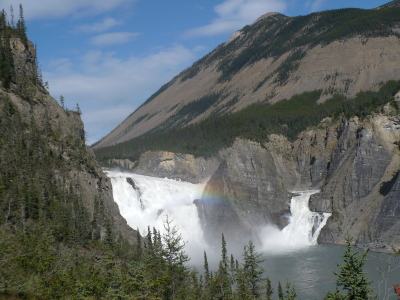
Nahanni National Park covers a spectacular wild river landscape further adorned with features of ongoing geological processes.
The centerpiece of the park is the South Nahanni River. Four great canyons line this whitewater river and it also holds one of North America’s most impressive waterfalls, Virginia Falls. The area sees tectonic activity, which has resulted in spectacular granitic peaks and hot springs.
Community Perspective: this is a remote and costly area to visit – you generally fly in and then continue on the river by canoe or raft. Sid and Gary did so, and Zoë has described a flightseeing day trip.
Quito

The City of Quito has a well-preserved historic centre coloured by the art and architecture of the Baroque School of Quito.
The historic centre has conserved its original configuration, built to fit the topographical challenges of the slopes of the Pichincha Volcano. Its religious buildings show the architecture, sculpture and painting of the so-called ‘Quito School’, a product of cultural syncretism between indigenous and European features that became influential across the Spanish colonies.
Community Perspective: The ‘best’ Andean capital, in a wonderful setting nestled among green mountains. The complex of the San Francisco church-square-convent and the Iglesia de la Compania de Jesus are the most impressive among its monuments.
Simien National Park

Simien National Park covers a spectacular landscape of cliffs and gorges, created by erosion, which is also recognized for its high biodiversity.
The park comprises one of the principal mountain massifs of Africa, with peaks rising above 4000m. Its Afromontane and Afroalpine ecosystems are home to three of Ethiopia's larger endemic mammals: the Walia ibex, the more common Gelada baboons, and the very rarely seen Ethiopian wolves.
Community Perspective: best explored on foot, with incredible views, impressive canyons and of course the wonderful gelada baboons.
Wieliczka and Bochnia Royal Salt Mines
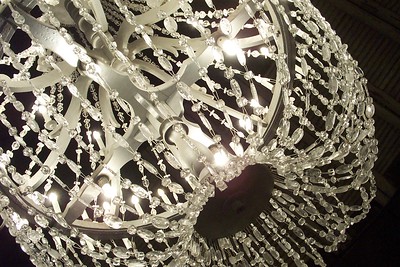
The Wieliczka and Bochnia Royal Salt Mines show the historic evolution of European mining techniques.
Connected to the same geological rock salt deposit, the two underground mines were active from the 13th century until the late 20th century. The mining of salt, an important economic commodity, was a government monopoly. Early galleries have been preserved that extend to great depths, as well as exhibits that reflect the miners’ social and religious traditions.
Community Perspective: The Wieliczka Salt Mine is a classic tourist destination in the Krakow area – some like it (for the sculptures made of salt, and the engineering feats), while others find it overrated (“tacky”, “tourist trap”). Nan reflects on the Bochnia mine, which is a recent extension of this WHS.
Yellowstone

Yellowstone National Park comprises a large and intact ecosystem that shows globally unparalleled surficial geothermal activity
It holds the world’s largest collection of geysers, plus hot springs and fumaroles. 150 species of fossilized plants have been discovered here. The park also has become a refuge for wildlife, including great numbers of bison and grizzly bears.
Community Perspective: reviewers only talk about in superlatives of this vast array of natural wonders. Highlights include the Grand Canyon of the Yellowstone, Grand Prismatic Spring, the travertine terraces of Mammoth Hot Springs and the presence of so many wild animals in Lamar and/or Hayden Valley. Kyle shares a set of best practices for first-time visitors.